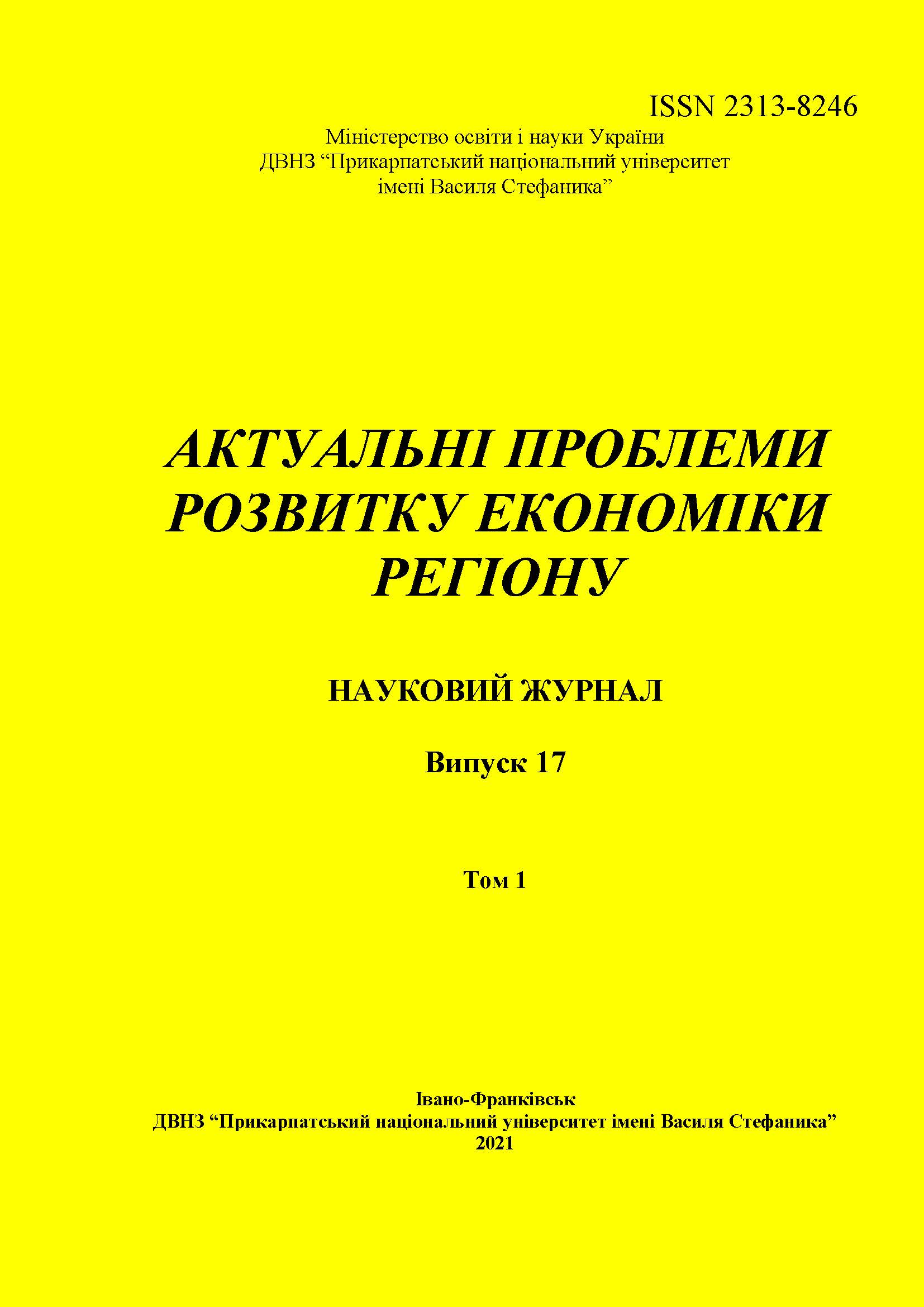КОМУНІКАЦІЙНІ АСПЕКТИ УПРАВЛІНСЬКОЇ ПРАЦІ НА ЗАСАДАХ ЛІДЕРСТВА
DOI:
https://doi.org/10.15330/apred.1.17.75-83Ключові слова:
управлінська праця, комунікативна здатність, комунікативна компетентність, лідерство, комунікаційне лідерство, командні комунікаціїАнотація
Стаття присвячена дослідженню питання комунікаційного лідерства як інструмента забезпечення ефективної управлінської праці в організації, яка базується на взаємодії «керівник – підлеглий». Авторами проаналізовано змістове наповнення основних категоріальних термінів, які лежать в основі комунікаційного лідерства, а саме комунікативних здібностей та комунікативної компетентності, на основі чого сформовано розуміння комунікативної компетентності лідера. На основі деталізації основних характеристик комунікативної компетентності лідера, представлених у літературі як напрацювання вітчизняних та зарубіжних теоретиків та практиків, та розгляду специфіки комунікативного лідерства при практичній роботі з командою авторами доповнено основний перелік комунікативних компетентностей лідера ще однією, а саме здатністю вибору працівників, які мають спільні цінності та подібні життєві позиції, розвитку навичок спільної взаємодії у членів команди на основі єдності життєвих поглядів задля досягнення цілей організації.
Авторами визначено специфіку командної комунікації як визначальної складової в процесі досягнення ефективності спільної роботи та отримання бажаних командних результатів. Зокрема, у статті проаналізовано можливість максимізації рівня ефективності взаємодії «лідер – член команди» на основі урахування основних постулатів, які повинні використовуватись лідером задля активізації зацікавленості до комунікаційних процесів у команді. Дані постулати включають розуміння, насамперед, лідером бажаного результату комунікації, подальшого забезпечення вмотивованості працівників до ефективної командної взаємодії та комунікації, розуміння сенсів усіх процесів, що мають місце в організації.
На основі проведеного дослідження авторами зроблено ряд висновків, основним серед яких є розуміння, що ефективність комунікаційного лідерства визначається здатністю керівника до системного сприйняття процесів, які мають перебіг у організації з метою побудови адекватної комунікаційної структури, яка обов’язковим чином повинна відповідати організаційній структурі. Лише в такому випадку можна досягнути синергетичного ефекту комунікаційної взаємодії в організації.
Посилання
2. Vinogradsky, M. D., Vinogradska, A. M., and O. M. Shkanova. Personnel Management. 2nd ed. Kyiv, Center for Educational Literature, 2009.
3. Zavadsky, Y. S. Management. Vol.1. Kyiv, UFIMB, 1997.
4. Novak, V. O., and O. P.Baklan “Content and organization of management work.” Economics of management, no.3, 2000, pp. 42-44.
5. Osovska, G. V., and O. A.Osovsky. Fundamentals of management: a textbook. Kyiv, "Condor", 2006.
6. Khmil, F. I. Fundamentals of Management: 2nd ed. Kyiv, Akademvidav, 2007.
7. Shegda, A. V. Management: a textbook. Kyiv: Znannia, 2004.
8. Nestulya, O., Nestulya, S., and V. Karmanenko. Fundamentals of leadership. Training of leadership qualities and practical skills of a manager. Kyiv, Knowledge. 2013.
9. Kalashnikov, S. A. Educational paradigm of professionalization of management on the basis of leadership. Кyiv, Borys Hrinchenko University, 2010.
10. Husar, O. Communicative leadership of heads of educational institutions: a textbook. Kyiv, DP "Scientific and Production Center" Priorities ", 2016.
11. Pashko, L. A. “Management leadership as a guarantee of effective functioning of public administration.” Administrative reform in Ukraine: current status, problems and prospects: monograph, ed. N.R. Nizhnik, N.T. Goncharuk. Dnipro: Monolith, 2009, pp. 255-271.
12. Johansson, Catrin, Miller, Vernon D, and Solange Hamrin. Communicative Leadership. Theories, Concepts and Central Communication Behaviors. DEMICOM, 2011.
13. Kulinich, I. O. Psychology of management. Kyiv, 2011.
14. Gavrilyak, L. S. “Communicative competence as a component of professional training of a modern specialist.” Scientific journal "ΛΌГОΣ. The art of scientific thought, no.3, 2019, pp. 70 - 73.
15. Sidorenko, E. V. Training of communicative competence in business interaction. SPb,Rech, 2008.
16. Bizo, L., Ibragimova, I., Kikot, O., Baran, E., and T. Fedorov. Leadership development, ed. I. Ibragimova. Kyiv, Project "Personnel Management Reform in the Civil Service in Ukraine", 2012.
17. Solodov, I. “The second "rail" of communication in the team.” Solodov.team, solodov.team/tpost/jodghgrp41-vtoraya-relsa-kommunikatsii-v-komande. Accessed 15 June 2021.
##submission.downloads##
Опубліковано
Як цитувати
Номер
Розділ
Ліцензія
Автори, які публікуються у цьому журналі, погоджуються з наступними умовами:
- Автори залишають за собою право на авторство своєї роботи та передають журналу право першої публікації цієї роботи на умовах ліцензії Creative Commons Attribution License, котра дозволяє іншим особам вільно розповсюджувати опубліковану роботу з обов'язковим посиланням на авторів оригінальної роботи та першу публікацію роботи у цьому журналі.
- Автори мають право укладати самостійні додаткові угоди щодо неексклюзивного розповсюдження роботи у тому вигляді, в якому вона була опублікована цим журналом (наприклад, розміщувати роботу в електронному сховищі установи або публікувати у складі монографії), за умови збереження посилання на першу публікацію роботи у цьому журналі.
- Політика журналу дозволяє і заохочує розміщення авторами в мережі Інтернет (наприклад, у сховищах установ або на особистих веб-сайтах) рукопису роботи, як до подання цього рукопису до редакції, так і під час його редакційного опрацювання, оскільки це сприяє виникненню продуктивної наукової дискусії та позитивно позначається на оперативності та динаміці цитування опублікованої роботи (див. The Effect of Open Access).


